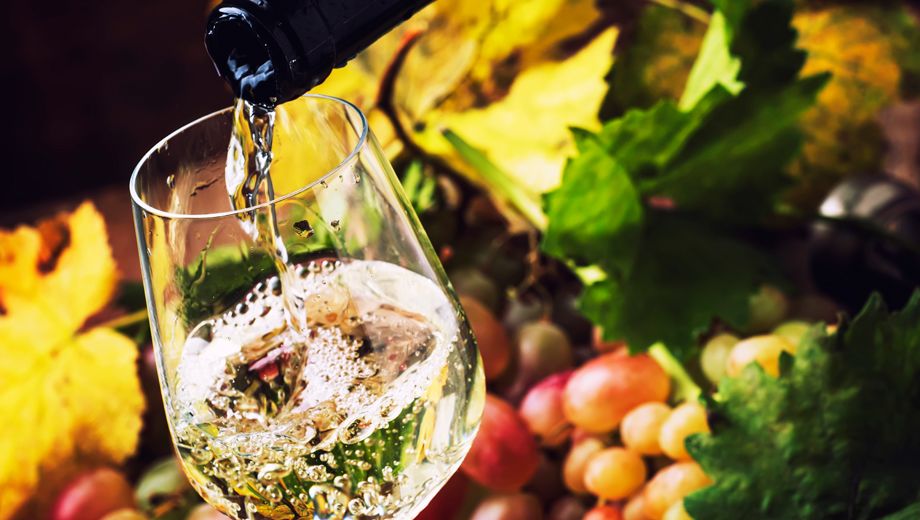These six lesser-known wine varieties are worth a spot on your shelf

It used to be a simple process when you popped into a liquor store to buy a bottle of wine or peeked at a restaurant wine list.
If you wanted white you’d probably opt for chardonnay, semillon or New Zealand sauvignon blanc. If red was your preference then shiraz, cabernet sauvignon or maybe pinot noir were probably what you zeroed in on.
Today, the choices seem endless. Varieties like sangiovese and tempranillo are commonplace and in addition to natural wines, biodynamic wines, organic wines and vegan-friendly wines, there are hundreds of imports to choose from.
Even more enticingly there are wines made right here in Australia made from still largely undiscovered grape varieties that originated in Spain, Italy, Greece and other wine hot spots around the globe. From aglianico to zweigelt, the world is your wine oyster.
It is estimated that there are now close to 150 different wine grape varieties grown in Australia. Here are six from which to choose and expand your wine horizons, particularly if they are available by the glass.
Arneis: Originally from northern Italy, particularly Piedmont, arneis is a white grape that was often blended with nebbiolo in Italy. Known as “little rascal” because it can be very difficult to grow, in Australia it produces floral dry table wines for early enjoyment. Holm Oak Arneis from the Tamar Valley in Tasmania is a benchmark.
Gamay: The classic lighter-styler-red variety from Beaujolais in France, gamay is a refreshing red grape that is often blended with pinot noir – and can be chilled in summer for maximum refreshment. Look for good examples from Sorrenberg in Central Victoria, Two Bud Spur in Tasmania and Eldridge Estate on the Mornington Peninsula.
Gruner-Veltliner: A spicy, white wine grape from Austria, Slovakia and the Czech Republic that can be made in both sweet and dry style. The first Australian version was made by Lark Hill outside Canberra, but there is a movement being led by Hahndorf Hill and other Adelaide Hills producers, including Henschke under its Percival’s Hill label, with wines that finish dry, often with a hint of peppery spice.
Mencia: Many good wine judges are upbeat about the future of medium-bodied mencia in Australia and this northern Spanish variety from Galicia has enjoyed something of a boom at home over the past 20 years. Oliver’s Taranga in McLaren Vale is the main flag-bearer in Australia and makes both rosé and red table wine from the variety.
Nero d’Avola: Known as Calabrese in its native Sicily, Nero d’Avola is one of the biggest success stories among new varieties in Australia. It usually has bright red-fruit flavours to the fore and is generally very easy to drink. It thrives in warmer conditions. Try standouts from Brash Higgins and Hither & Yon in McLaren Vale and Mount Horrocks in the Clare Valley.
Saperavi: One of the most ancient grape varieties in the world, this inky red originally came from Georgia (the country, not the US state) and is also grown in Kazakhstan and Moldova. Several Australian producers, including boutique operatives like Symphonia in north-east Victoria and Patritti, outside Adelaide, hold high hopes for its future. Saperavi is known for its ability to thrive in cold conditions and often produces wines that are quite tannic.

Qantas - Qantas Frequent Flyer
21 Mar 2013
Total posts 132
Thankyou, you’ve inspired me to order a lovely Nero D’avola with dinner tonight!
Hi Guest, join in the discussion on These six lesser-known wine varieties are worth a spot on your shelf